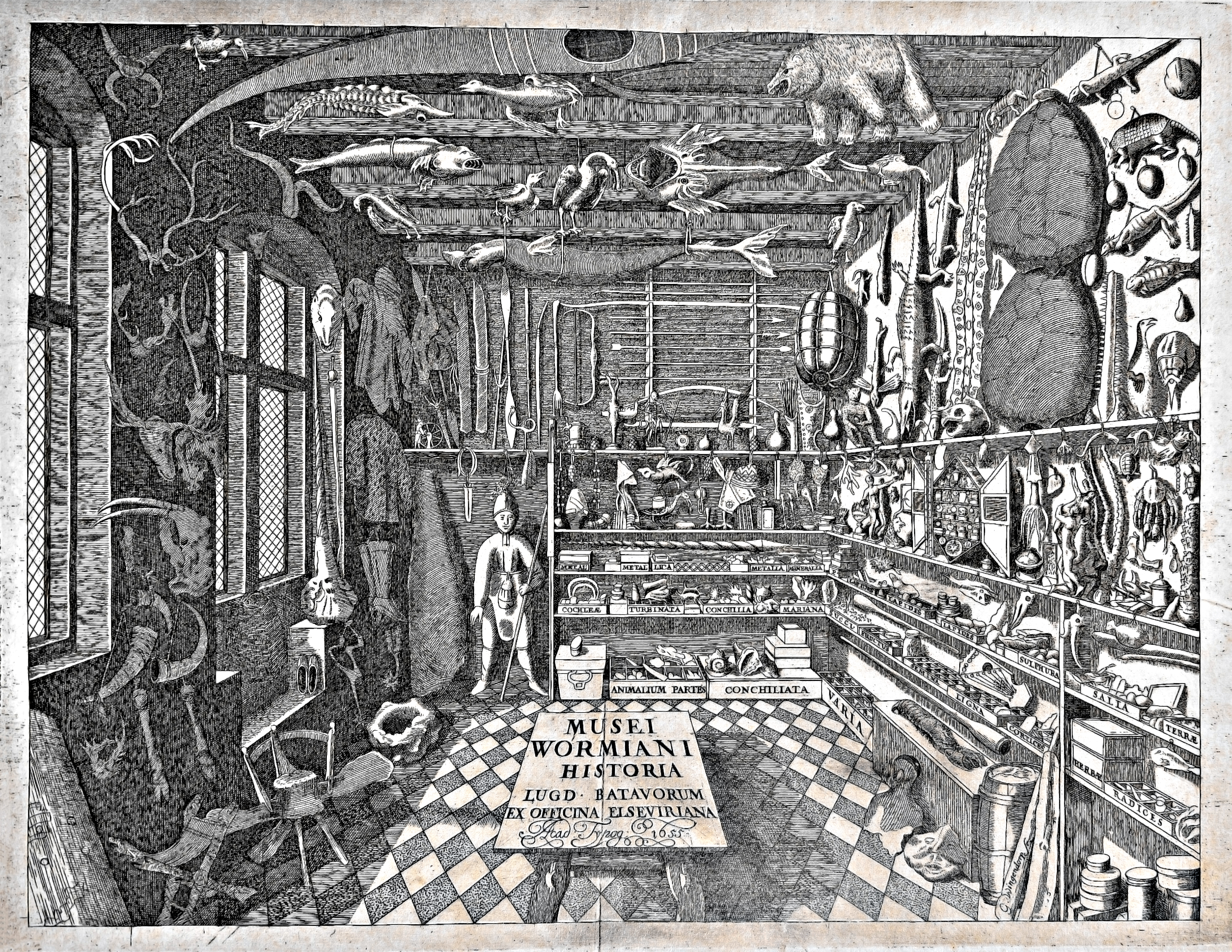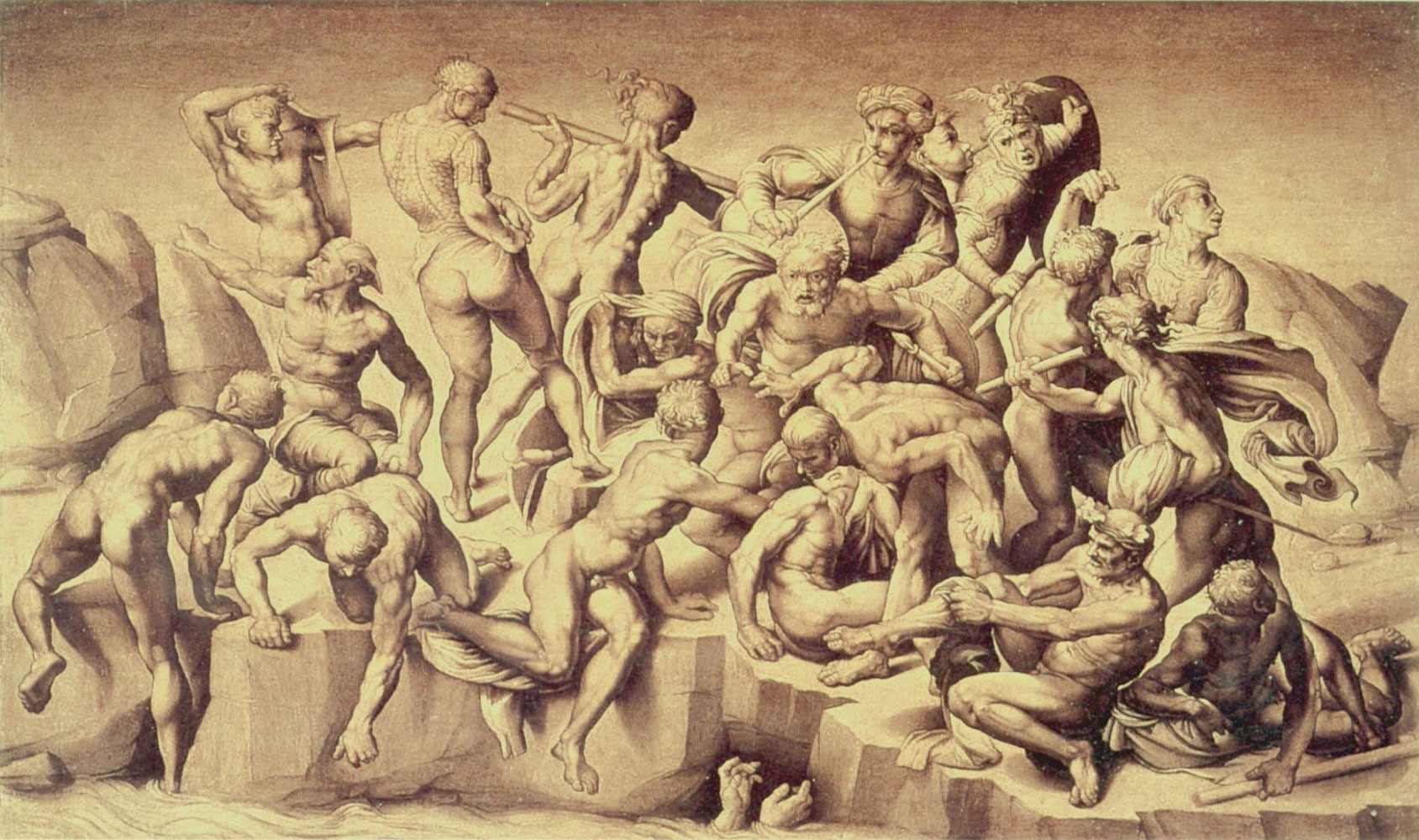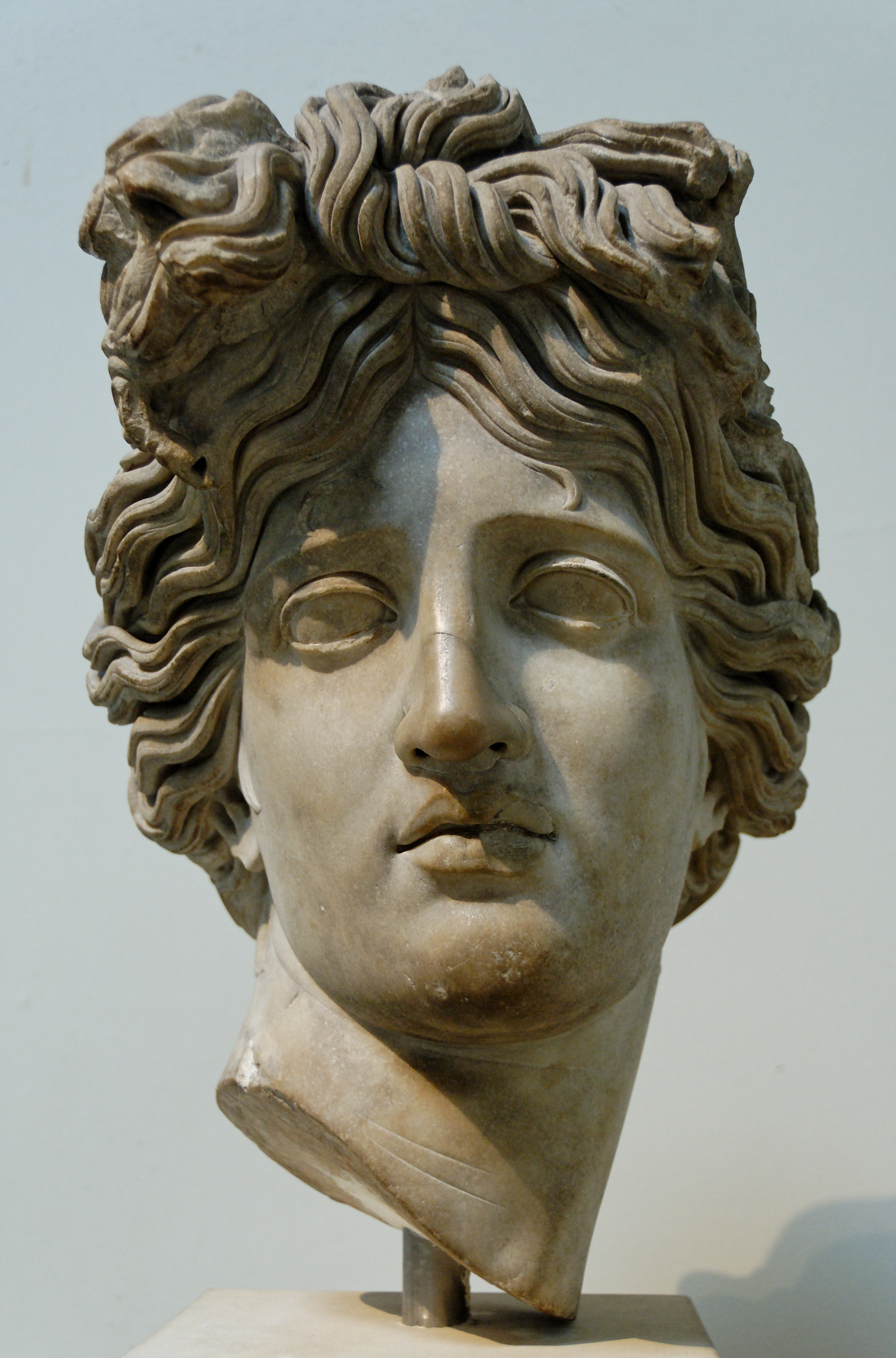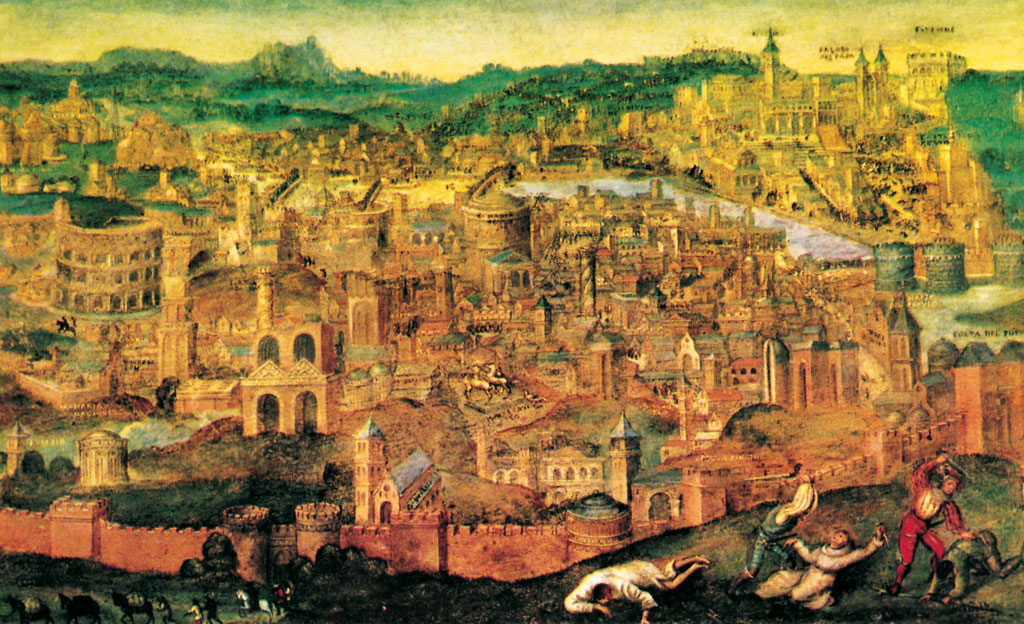|
Belvedere Torso
The Belvedere Torso is a fragmentary marble statue of a male nude, known to be in Rome from the 1430s, and signed prominently on the front of the base by "Apollonios, son of Nestor, Athenian", who is unmentioned in ancient literature. It is now in the Museo Pio-Clementino (Inv. 1192) of the Vatican Museums. Once believed to be a 1st-century BC original, the statue is now thought to be a copy from the 1st century BC or AD of an older statue, probably to be dated to the early 2nd century BC. Description The muscular male figure is portrayed seated on an animal hide, and its precise identification remains open to debate. Though traditionally identified as a Heracles seated on the skin of the Nemean lion, recent studies have identified the skin as that of a panther, occasioning other identifications (with possibilities including Polyphemus and Marsyas). According to the Vatican Museum website, "the most favoured hypothesis identifies it with Ajax, the son of Telamon, in the act of ... [...More Info...] [...Related Items...] OR: [Wikipedia] [Google] [Baidu] |
Torso Del Belvedere, Forse Aiace Telamonio Che Medita Suicidio, I Sec
The torso or trunk is an anatomical term for the central part, or the core, of the body of many animals (including human beings), from which the head, neck, limbs, tail and other appendages extend. The tetrapod torso — including that of a human — is usually divided into the ''thoracic'' segment (also known as the upper torso, where the forelimbs extend), the ''abdominal'' segment (also known as the "mid-section" or "midriff"), and the ''pelvic'' and '' perineal'' segments (sometimes known together with the abdomen as the lower torso, where the hindlimbs extend). Anatomy Major organs In humans, most critical organs, with the notable exception of the brain, are housed within the torso. In the upper chest, the heart and lungs are protected by the rib cage, and the abdomen contains most of the organs responsible for digestion: the stomach, which breaks down partially digested food via gastric acid; the liver, which respectively produces bile necessary for digestion; the large ... [...More Info...] [...Related Items...] OR: [Wikipedia] [Google] [Baidu] |
Antiquarian
An antiquarian or antiquary () is an aficionado or student of antiquities or things of the past. More specifically, the term is used for those who study history with particular attention to ancient artefacts, archaeological and historic sites, or historic archives and manuscripts. The essence of antiquarianism is a focus on the empirical evidence of the past, and is perhaps best encapsulated in the motto adopted by the 18th-century antiquary Sir Richard Colt Hoare, "We speak from facts, not theory." The ''Oxford English Dictionary'' first cites "archaeologist" from 1824; this soon took over as the usual term for one major branch of antiquarian activity. "Archaeology", from 1607 onwards, initially meant what is now seen as "ancient history" generally, with the narrower modern sense first seen in 1837. Today the term "antiquarian" is often used in a pejorative sense, to refer to an excessively narrow focus on factual historical trivia, to the exclusion of a sense of histori ... [...More Info...] [...Related Items...] OR: [Wikipedia] [Google] [Baidu] |
Baroque
The Baroque ( , , ) is a Western Style (visual arts), style of Baroque architecture, architecture, Baroque music, music, Baroque dance, dance, Baroque painting, painting, Baroque sculpture, sculpture, poetry, and other arts that flourished from the early 17th century until the 1750s. It followed Renaissance art and Mannerism and preceded the Rococo (in the past often referred to as "late Baroque") and Neoclassicism, Neoclassical styles. It was encouraged by the Catholic Church as a means to counter the simplicity and austerity of Protestant architecture, art, and music, though Lutheran art#Baroque period, Lutheran Baroque art developed in parts of Europe as well. The Baroque style used contrast, movement, exuberant detail, deep color, grandeur, and surprise to achieve a sense of awe. The style began at the start of the 17th century in Rome, then spread rapidly to the rest of Italy, France, Spain, and Portugal, then to Austria, southern Germany, Poland and Russia. By the 1730s, i ... [...More Info...] [...Related Items...] OR: [Wikipedia] [Google] [Baidu] |
Mannerism
Mannerism is a style in European art that emerged in the later years of the Italian High Renaissance around 1520, spreading by about 1530 and lasting until about the end of the 16th century in Italy, when the Baroque style largely replaced it. Northern Mannerism continued into the early 17th century. Mannerism encompasses a variety of approaches influenced by, and reacting to, the harmonious ideals associated with artists such as Leonardo da Vinci, Raphael, Vasari, and early Michelangelo. Where High Renaissance art emphasizes proportion, balance, and ideal beauty, Mannerism exaggerates such qualities, often resulting in compositions that are asymmetrical or unnaturally elegant. Notable for its artificial (as opposed to naturalistic) qualities, this artistic style privileges compositional tension and instability rather than the balance and clarity of earlier Renaissance painting. Mannerism in literature and music is notable for its highly florid style and intellectual sophist ... [...More Info...] [...Related Items...] OR: [Wikipedia] [Google] [Baidu] |
Renaissance
The Renaissance ( , ) is a Periodization, period of history and a European cultural movement covering the 15th and 16th centuries. It marked the transition from the Middle Ages to modernity and was characterized by an effort to revive and surpass the ideas and achievements of classical antiquity. Associated with great social change in most fields and disciplines, including Renaissance art, art, Renaissance architecture, architecture, politics, Renaissance literature, literature, Renaissance exploration, exploration and Science in the Renaissance, science, the Renaissance was first centered in the Republic of Florence, then spread to the Italian Renaissance, rest of Italy and later throughout Europe. The term ''rinascita'' ("rebirth") first appeared in ''Lives of the Artists'' () by Giorgio Vasari, while the corresponding French word was adopted into English as the term for this period during the 1830s. The Renaissance's intellectual basis was founded in its version of Renaiss ... [...More Info...] [...Related Items...] OR: [Wikipedia] [Google] [Baidu] |
Torso
The torso or trunk is an anatomical terminology, anatomical term for the central part, or the core (anatomy), core, of the body (biology), body of many animals (including human beings), from which the head, neck, limb (anatomy), limbs, tail and other appendages extend. The tetrapod torso — including that of a human body, human — is usually divided into the ''chest, thoracic'' segment (also known as the upper torso, where the forelimbs extend), the ''abdomen, abdominal'' segment (also known as the "mid-section" or "midriff"), and the ''pelvic'' and ''perineum, perineal'' segments (sometimes known together with the abdomen as the lower torso, where the hindlimbs extend). Anatomy Major organs In humans, most critical Organ (anatomy), organs, with the notable exception of the brain, are housed within the torso. In the upper chest, the heart and lungs are protected by the rib cage, and the abdomen contains most of the organs responsible for digestion: the stomach, which breaks ... [...More Info...] [...Related Items...] OR: [Wikipedia] [Google] [Baidu] |
Courtyard Of The Belvedere
The (Belvedere Courtyard or Belvedere Court) was a major architectural work of the High Renaissance at the Vatican Palace in Rome. Designed by Donato Bramante from 1505 onward, its concept and details reverberated in courtyard design, formalized piazzas and garden plans throughout Western Europe. Conceived as a single enclosed space, the long Belvedere court connected the Vatican Palace with the Villa Belvedere in a series of terraces connected by stairs, and was contained on its sides by narrow wings. Bramante did not see the work completed, and before the end of the sixteenth century it had been irretrievably altered by a building across the court, dividing it into two separate courtyards. Early history and Bramante's design Innocent VIII began construction of the Villa Belvedere on the high ground overlooking old St Peter's Basilica, in 1484. Here, where the breezes could tame the Roman summer, he had the Florentine architect Antonio del Pollaiuolo, design and complete by 1 ... [...More Info...] [...Related Items...] OR: [Wikipedia] [Google] [Baidu] |
Laocoön And His Sons
The statue of ''Laocoön and His Sons'', also called the Laocoön Group (), has been one of the most famous ancient sculptures since it was excavated in Rome in 1506 and put on public display in the Vatican Museums, where it remains today. The statue is very likely the same one praised in the highest terms by Pliny the Elder, the main Roman writer on art, who attributed it to Greek sculptors but did not say when it was created. The figures are nearly life-sized, with the entire group measuring just over in height. The sculpture depicts the Troy, Trojan priest Laocoön and his sons Antiphantes and Thymbraeus being attacked by sea serpents. The Laocoön Group has been called "the prototypical icon of human agony" in Art of Europe, Western art. Unlike the agony often portrayed in Christian art depicting the Passion of Jesus and martyrs, the suffering here suggests neither redemption or reward. The agony is conveyed through the contorted facial expressions, particularly Laocoön's bu ... [...More Info...] [...Related Items...] OR: [Wikipedia] [Google] [Baidu] |
Apollo Belvedere
The ''Apollo Belvedere'' (also called the ''Belvedere Apollo'', ''Apollo of the Belvedere'', or ''Pythian Apollo'') is a celebrated marble sculpture from classical antiquity. The work has been dated to mid-way through the 2nd century A.D. and is considered to be a Roman copy of an original bronze statue created between 330 and 320 B.C. by the Greek sculptor Leochares. It was rediscovered in central Italy in the late 15th century during the Italian Renaissance and was placed on semi-public display in the Vatican Palace in 1511, where it remains. It is now in the ''Cortile del Belvedere'' of the Pio-Clementine Museum of the Vatican Museums complex. From the mid-18th century it was considered the greatest ancient sculpture by ardent Neoclassicism, neoclassicists, and for centuries it epitomized the ideals of perfection#Aesthetics, aesthetic perfection for Europeans and westernized parts of the world. Description The Greek god Apollo is depicted as a standing Archery, archer havi ... [...More Info...] [...Related Items...] OR: [Wikipedia] [Google] [Baidu] |
Cortile Del Belvedere
The (Belvedere Courtyard or Belvedere Court) was a major architectural work of the High Renaissance at the Vatican Palace in Rome. Designed by Donato Bramante from 1505 onward, its concept and details reverberated in courtyard design, formalized piazzas and garden plans throughout Western Europe. Conceived as a single enclosed space, the long Belvedere court connected the Vatican Palace with the Villa Belvedere in a series of terraces connected by stairs, and was contained on its sides by narrow wings. Bramante did not see the work completed, and before the end of the sixteenth century it had been irretrievably altered by a building across the court, dividing it into two separate courtyards. Early history and Bramante's design Innocent VIII began construction of the Villa Belvedere on the high ground overlooking old St Peter's Basilica, in 1484. Here, where the breezes could tame the Roman summer, he had the Florentine architect Antonio del Pollaiuolo, design and complete by 14 ... [...More Info...] [...Related Items...] OR: [Wikipedia] [Google] [Baidu] |
Giovanni Antonio Da Brescia
Giovanni Antonio da Brescia was an Italian engraver of northern Italy, active in the approximate period 1490–1519, during the Italian Renaissance. In his early career he used the initials "Z.A." to sign some twenty engravings, and until recently Zoan Andrea was regarded as a distinct printmaker; it is now realized that they are the same person, and the "Z.A." stood for Giovanni Antonio, "Zovanni" being a north Italian spelling. Around 1507 he began to use formulae such as "IO.AN.BX.", and signed some prints more fully. The real Zoan Andrea was a very obscure painter, documented as working in Mantua in the 1470s, who produced no engravings. The newly expanded oeuvre comprises at least 150 engravings, making Giovanni Antonio one of the most prolific Italian engravers of this period. A large number copy other prints, as was then common, and others are probably after drawings by Andrea Mantegna; "all his major works seem to have been based on designs by other artists" ("major" ... [...More Info...] [...Related Items...] OR: [Wikipedia] [Google] [Baidu] |
Sack Of Rome (1527)
The Sack of Rome, then part of the Papal States, followed the capture of Rome on 6 May 1527 by the mutiny, mutinous troops of Charles V, Holy Roman Emperor, during the War of the League of Cognac. Charles V only intended to threaten military action to make Pope Clement VII come to his terms. However, most of the Imperial Army (Holy Roman Empire), Imperial army (14,000 Germans, including Lutherans, 6,000 Spaniards and some Italians, Italians) were largely unpaid. Despite being ordered not to storm Rome, they broke into the scarcely defended city and began looting, killing, and holding citizens for ransom without any restraint. Clement VII took refuge in Castel Sant'Angelo after the Swiss Guard were annihilated in a delaying rear guard action; he remained there until a ransom was paid to the pillagers. Benvenuto Cellini, eyewitness to the events, described the sack in his works. It was not until February 1528 that the spread of a plague and the approach of the League forces unde ... [...More Info...] [...Related Items...] OR: [Wikipedia] [Google] [Baidu] |








